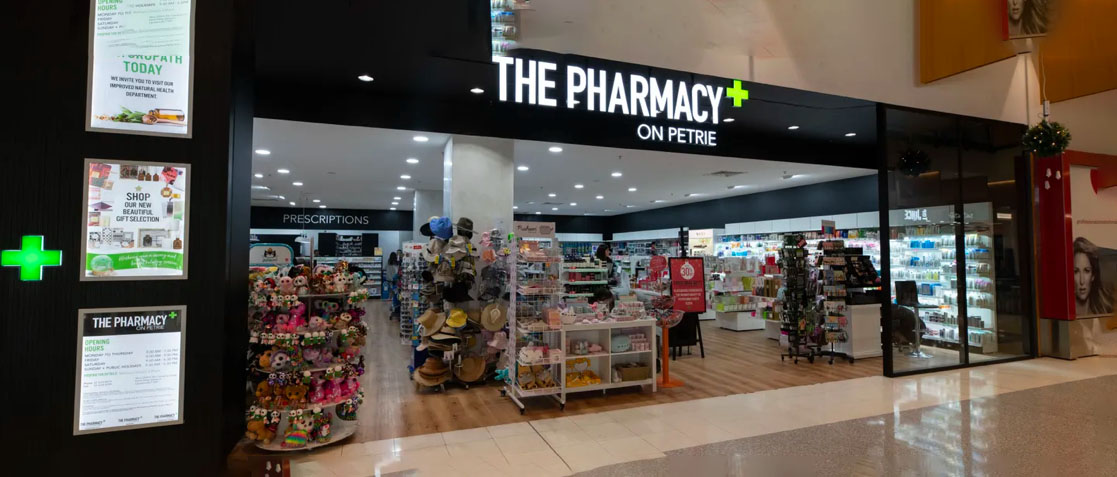What's in your sunscreen?
Posted by Caroline & Nerissa l The Pharmacy Network on 7th Jan 2021
With two out of three Australians likely to be diagnosed with skin cancer by the age of 70, using a sunscreen has never been so important. Cancer Council Australia recommends using a broad-spectrum, water-resistant and SPF30 or above sunscreen. You should also apply it 20 minutes before UV exposure and re-apply at least every two hours.
But before you buy your sunscreen, it pays to know a little more about what you're choosing. Here are some factors to consider:
Broad spectrum - Your sunscreen should filter both UVA and UVB rays. Both types of rays contribute to increased skin cancer risk, but UVB is the the principal cause of sunburn.
Barrier and chemical sunscreens - Sunscreens work by either creating a barrier that reflects UV rays off your skin (barrier sunscreen), or by penetrating the upper layers of the skin and absorbing the UV rays before they can cause damage (chemical sunscreen). The most common ingredients in barrier sunscreens are zinc oxide and titanium oxide, while chemical sunscreens have multiple active ingredients. Most sunscreens on the market are chemical sunscreens.
Sensitive skin - if you have sensitive skin, low for products that are dermatologically tested, hypoallergenic, and free from fragrance, colours and parabens. These are likely to cause a skin reaction.
Harmful and reef-friendly ingredients - With high product safety standards in Australia, all ingredients for sunscreens must be approved by the Australian Therapeutic Goods Administration. However, not all active ingredients are reef-friendly. Research has now confirmed that some UV filters (particularly oxybenzone and octinoxate), have been found to cause coral reef bleaching.
Breakthrough ingredients - Helioplex and Mexoplex are all about providing longer lasting protection because of stabilising technologies that keep the active ingredients from breaking down. Liposomal sunscreens are another new sunscreen category where the active ingredient penetrates just below the surface of your skin so your skin doesn't feel as sticky, but it doesn't penetrate beyond this into the blood stream, making it safer.
Remember, sunscreen should be used in conjunction with protective clothing, a wide-brimmed hat, eye protection and seeking shade where possible.
![]()
Products to consider:
La Roche Posay Anthelios range
Invisible Zinc Sheer Defence
Avene Sunscreen Emulsion


